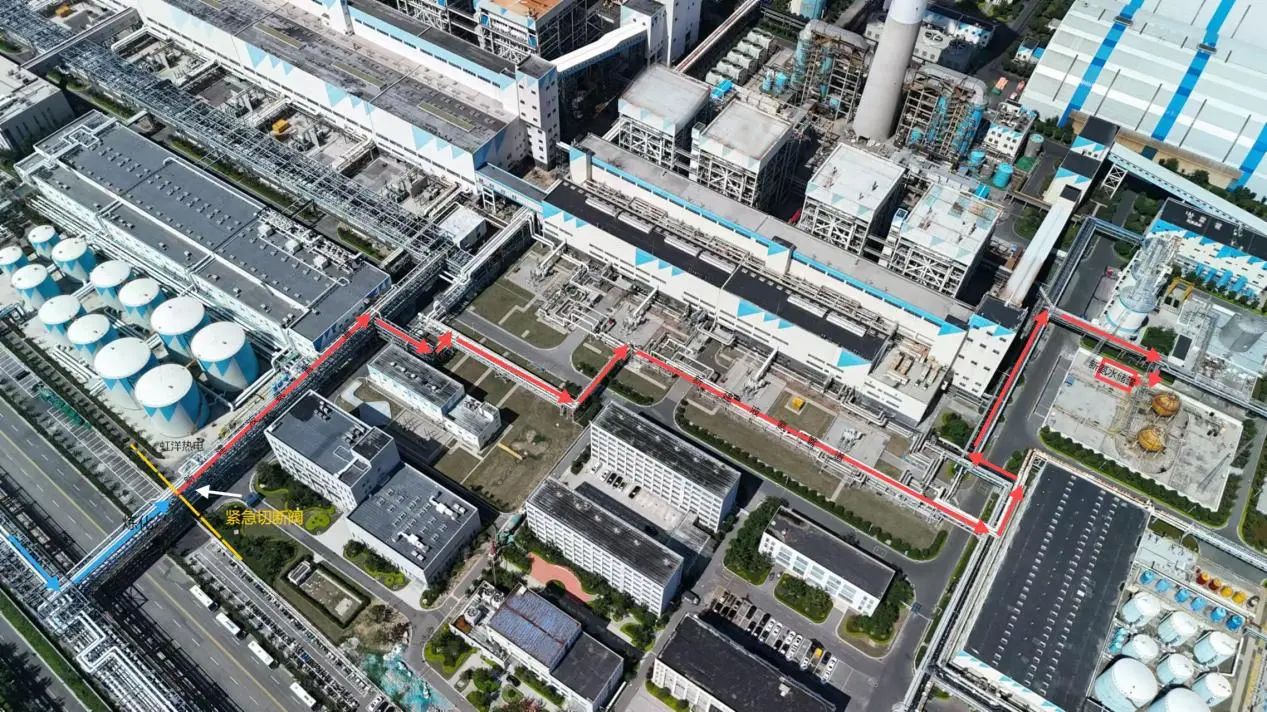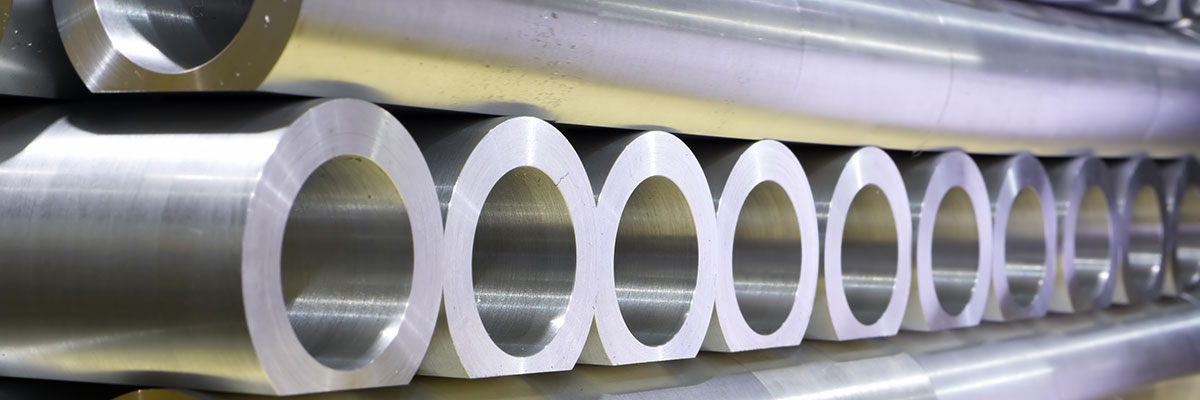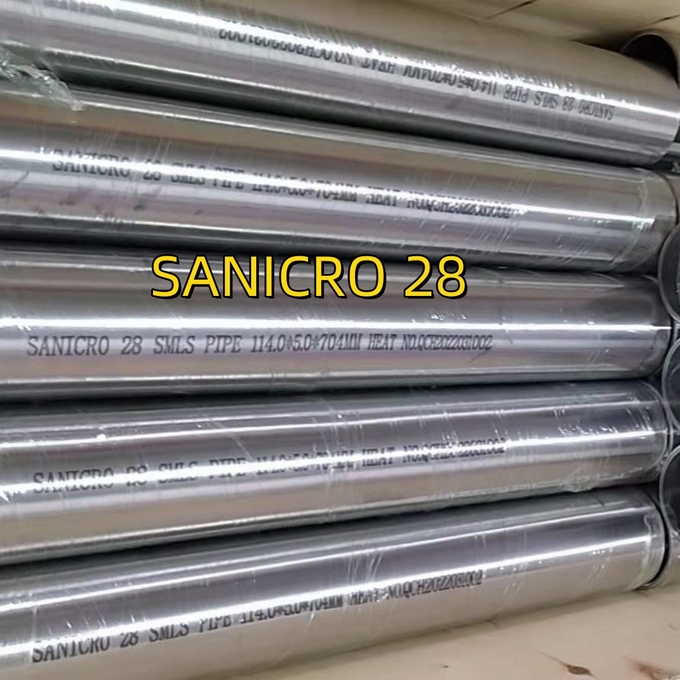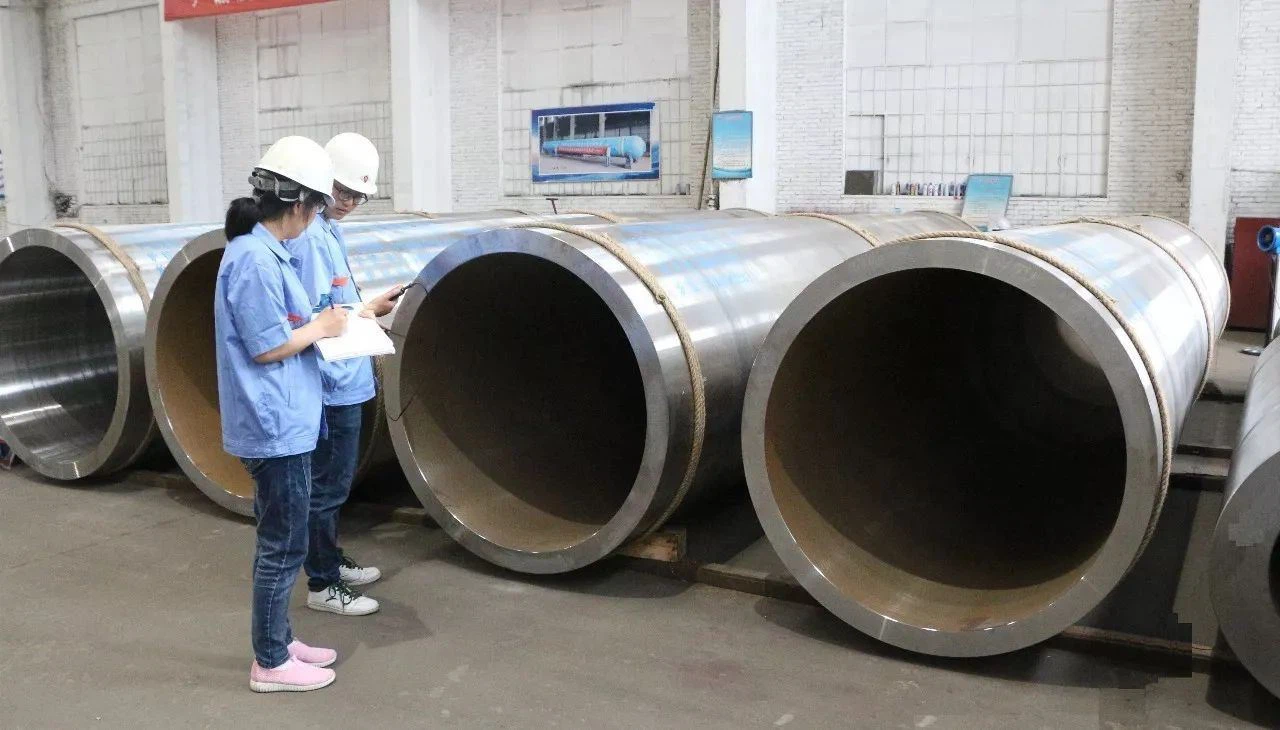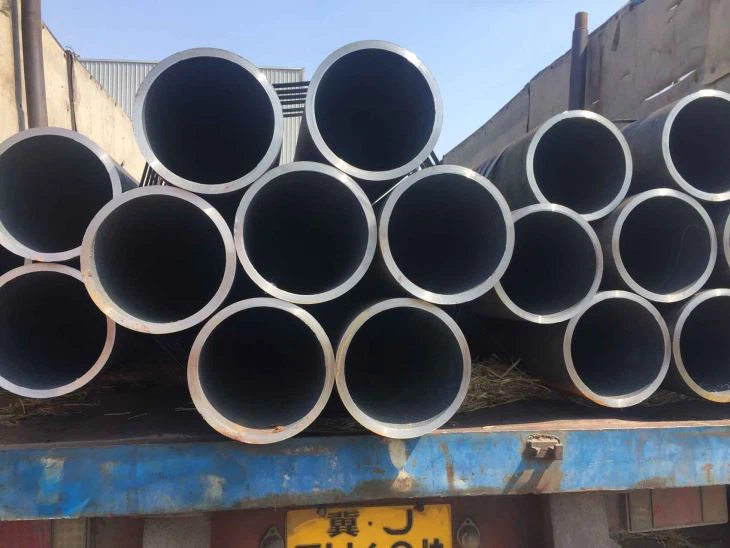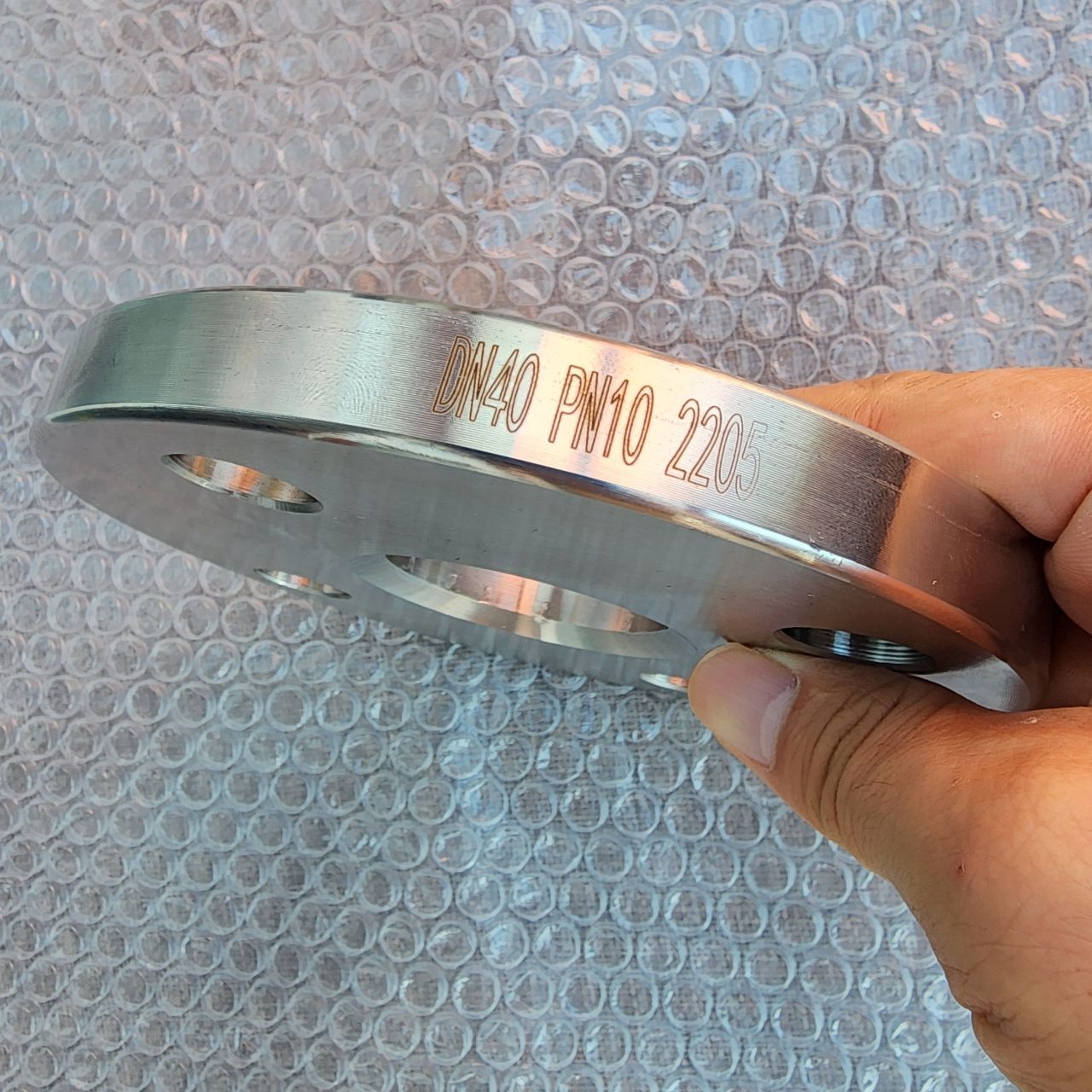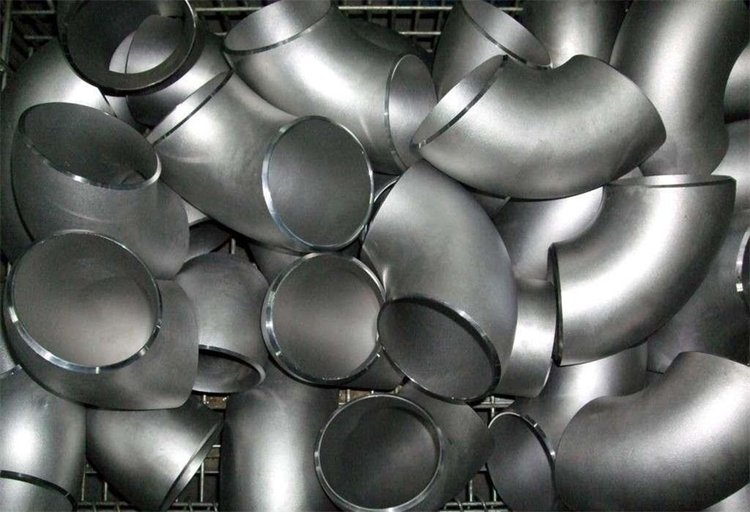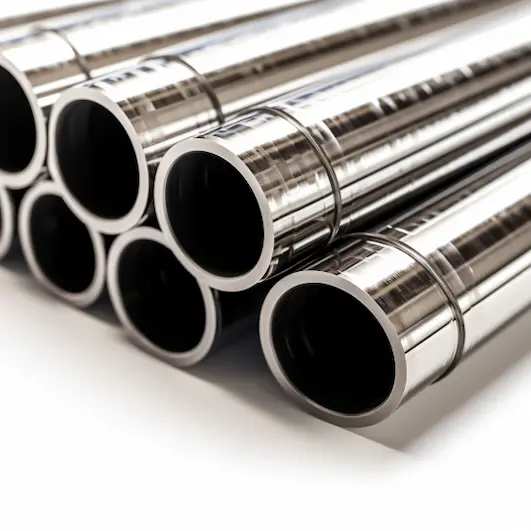Interpret and exceed complex technical specifications Maintain rigorous quality control across global supply chains Deliver mission-critical components on accelerated timelines Provide ongoing technical support throughout product lifecycle
admin
Resumindo, Liga 602 Ca (2.4633, N06025) represents a pinnacle of materials engineering, blending exceptional properties with practical utility. Its standards ensure quality, its composition delivers performance, and its applications span critical industries. Whether in a chemical reactor, a power plant furnace, or a diesel engine, Liga 602 CA proves its worth as a material built for the toughest challenges.
Incoloy 28 (US N08028 / C. Nr. 1.4563) A liga de aço de liga se destaca como um material principal para indústrias que exigem resistência a corrosão excepcional e força mecânica. Sua composição cuidadosamente projetada, aderência a padrões rigorosos, e a versatilidade em dimensões e formas a tornam uma escolha confiável para aplicações críticas. As tabelas detalhadas fornecidas - cobrindo parâmetros, dimensões, testando, Classificações de pressão, composição química, e propriedades mecânicas - oferecendo um recurso abrangente para entender e especificar esta liga. Seja usado em plantas químicas, campos de petróleo, ou sistemas marinhos, Incoloy 28 oferece desempenho incomparável, Garantir a segurança e a eficiência nos ambientes mais exigentes.
Tubos de aço sem paredes grossas de grande diâmetro, produzido através de processos avançados como piercing quente e tratamento térmico, oferecer força e confiabilidade excepcionais. Notas internacionais de EN (por exemplo, 34CrMo4) e ASTM (por exemplo, A519 4140) juntamente com os padrões GB atendem às diversas necessidades, De cilindros hidráulicos à infraestrutura energética, garantir o desempenho sob alta pressão e estresse.
For high-pressure hydraulic cylinders, seamless steel pipes such as ST52 (E355), SAE 4140 (42CrMo), 37Mn, and 34CrMo4 are widely used, adhering to standards like DIN 2391, ASTM A519, and GB 18248. These grades offer the necessary strength, resistência, and precision to ensure safety and performance under extreme pressures. Selection depends on specific pressure requirements, condições ambientais, and manufacturing processes like honing or heat treatment.
A soldagem de pipelines uns N08825 exige uma abordagem holística que integra ciência do material, engenharia de processos, e controle rigoroso de qualidade. Otimizando os parâmetros TIG/MIG/SMAW, Mitigação de defeitos através de tratamentos pré/pós-soldado, e aderir aos padrões internacionais, As indústrias podem alavancar todo o potencial da liga em ambientes corrosivos e de alta temperatura. Avanços contínuos nas tecnologias de soldagem prometem eficiência e confiabilidade aprimoradas para aplicativos futuros.
Welding Inconel 625 and P22 requires meticulous control of thermal gradients, filler selection, and post-weld treatments to address metallurgical incompatibilities. Industry standards and advanced processes (por exemplo, EMB, soldagem a laser) enhance joint reliability in critical applications. Continuous innovation in welding technology will further optimize these dissimilar joints for extreme environments.
2205 duplex steel plate flat welding flange (HG/T 20592 DN40 PN10 PLRF) combines the corrosion resistance of the material with the lightweight advantages of the structure, and is suitable for medium and low pressure corrosive environments such as chemical industry and marine engineering. Its design must strictly follow the size and pressure specifications of HG/T 20592, and pay attention to the welding process and maintenance requirements during processing and use to ensure long-term reliability.
O Monel K-500 é uma liga baseada em níquel-cobre de alto desempenho, com excelente resistência à corrosão e propriedades mecânicas, suitable for a variety of industrial applications. Its good welding properties and processability make it have high flexibility in the manufacturing process. Through appropriate heat treatment processes, its performance can be further improved and the needs of different working conditions can be met.
Através da prática de soldagem de mais de 400 Portas Dyne na seção de gaseificação do dispositivo de síntese de amônia química Liuguo, É mostrado que o processo de soldagem acima pode garantir completamente a qualidade da soldagem. A julgar pelo resultado da taxa de aprovação de 96%, é suficiente. Provar isso.

